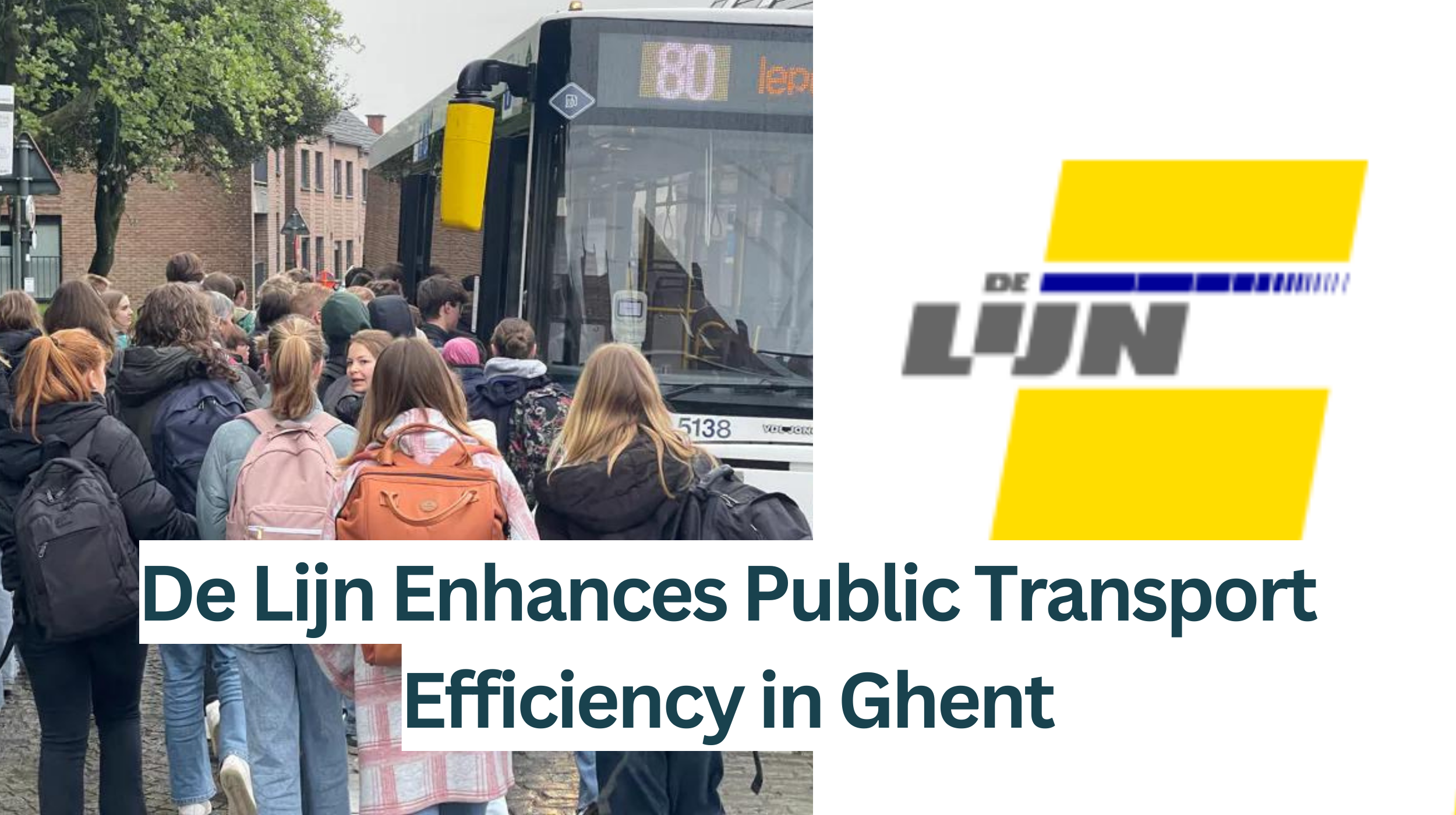Ghent (Brussels Morning) – De Lijn is implementing a pilot project in Ghent to enhance bus and tram flow efficiency using an app aiming to reduce waiting times for motorists by leveraging advanced technologies.
Transport company De Lijn has initiated a pilot project in Ghent to enhance the efficiency of bus and tram flow using technology integrated into an app. This project aims to reduce waiting times for motorists. By leveraging innovative technology De Lijn seeks to optimize the movement of buses and trams ultimately improving the overall transportation experience in Ghent. Through this pilot project De Lijn is focusing on streamlining operations enhancing service delivery and providing a more efficient and convenient public transportation system for the residents of Ghent.
How De Lijn Improve Public Transport Efficiency in Ghent?
De Lijn buses and trams currently use a system to influence traffic lights at 1,150 intersections through loops in the road surface or radio connections. This system is functional but has limitations in terms of accuracy. It can sometimes result in a significant delay before the traffic light turns green again for car traffic. This delay can be frustrating for motorists particularly during peak hours or in areas with high traffic volume.
The current system relies on loops in the road surface or radio connections to detect the presence of buses and trams. These loops or radio signals trigger the traffic lights to prioritize public transport vehicles.
Astrid Hulhoven from De Lijn explained that the traffic lights on the Nieuwevaart Bridge are linked to the internet. They installed an app in 39 trams and 11 buses that sends their GPS location. This setup helps the tram or bus to get a green light faster and it also makes the light turn green quicker for other vehicles on the road.
De Lijn is trying out the Mobilidata system with the Flemish government and ime research center to improve public transport. They will check in six months if it helps traffic flow better and increases punctuality. The government plans to use this system at 250 intersections in the future.




